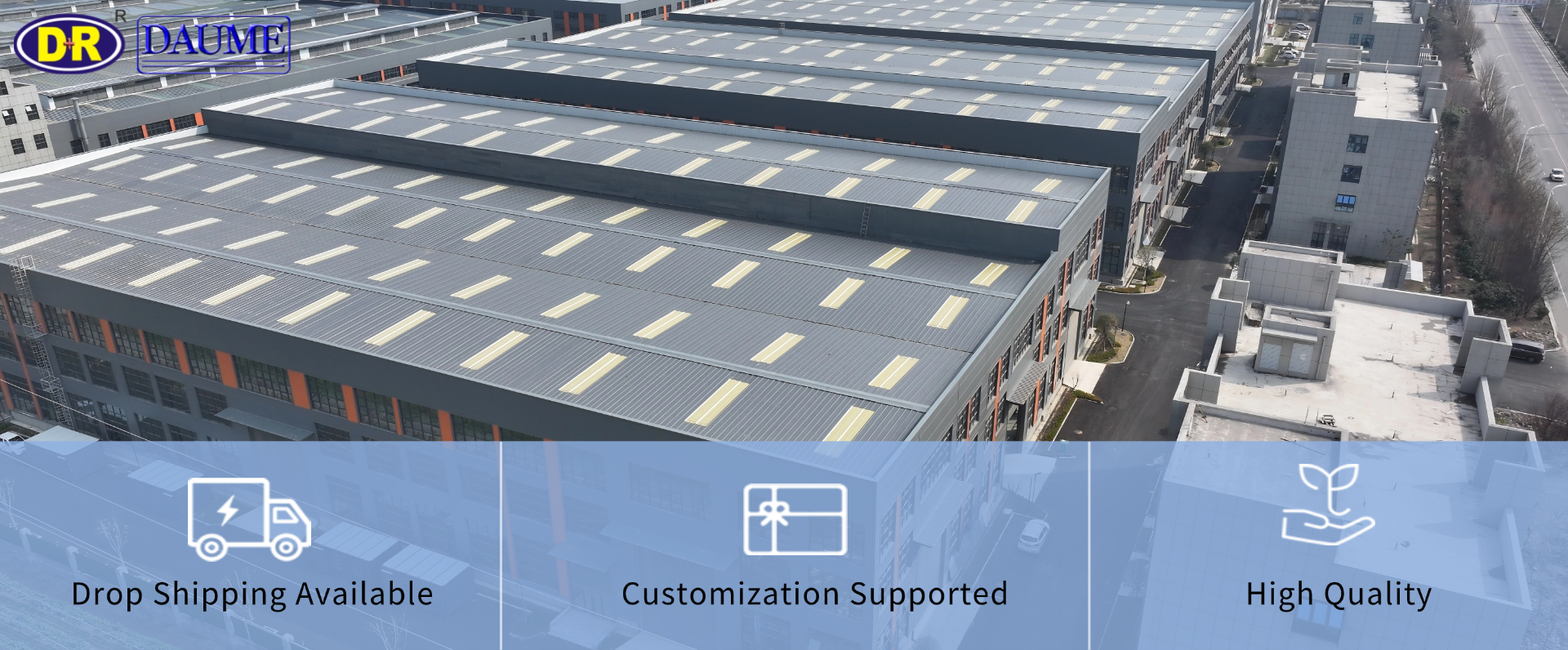ODM&OEM
Daume Control Technology Co., Ltd. is a high-tech enterprise dedicated to the R&D and production of electric actuators, providing efficient, precise, and reliable automation solutions for the valve industry. Leveraging its deep technical expertise and industry experience, the company offers comprehensive ODM (Original Design Manufacturer) and OEM (Original Equipment Manufacturer) services tailored to customer requirements, enabling rapid product commercialization and market deployment.
ODM/OEM Collaboration Process
Phase 1: Requirement Confirmation & Feasibility Assessment
1. Requirement Confirmation
- Conduct initial discussions with the client to thoroughly understand their specific needs, including load capacity, control types, operational speed, and environmental conditions (e.g., temperature, humidity, corrosive atmospheres).
- Clarify technical specifications and performance expectations.
2. Feasibility Assessment
- Evaluate project viability based on client requirements and technical capabilities.
- Identify design constraints, functional limitations, and potential challenges in manufacturing the electric actuator (e.g., material selection, mechanical tolerances, regulatory compliance).
Phase 2: Design Planning & Prototype Development
1. Product Proposal
- Develop a detailed design plan aligned with client requirements, including:
- Structural design (housing, motor mounting, gear train layout).
- Operational principles (motor type selection, drive system configuration, control system architecture).
- Preliminary technical specifications (torque output, speed range, power consumption).
2. Design & Prototype Development
- Create initial design schematics and 3D models.
- Develop a functional prototype incorporating components such as the motor assembly, gear system, and control interface.
- Submit the prototype and design documentation to the client for review.
Phase 3: Client Review & Sample Testing
1. Client Review
- Present the prototype and technical drawings to the client for evaluation.
- Collect feedback and make iterative adjustments to address design or functional concerns.
2. Sample Testing
- Conduct rigorous testing of the prototype, including:
- Performance testing: Operational speed, positioning accuracy, and load capacity.
- Durability testing: Long-term reliability under repeated cycles.
- Environmental testing: Waterproofing, dust resistance, corrosion resistance, and temperature/humidity tolerance.
- Safety testing: Overload protection, electrical insulation, and compliance with industry standards (e.g., IP ratings, CE/UL certifications).
Phase 4: Final Design Approval & Contract Signing
1. Final Design Approval
- Finalize the design based on client feedback, confirming critical specifications such as:
- Dimensions and weight for integration into client systems.
- Power requirements (voltage, current, energy efficiency).
- Control interface (digital/analog signals, communication protocols like Modbus or CAN bus).
- Electrical/mechanical connections (connector types, mounting standards).
2. Contract Signing/Order Confirmation
- Establish a formal agreement outlining:
- Production plan (quantity, timeline, batch schedules).
- Delivery schedule (production milestones, shipping logistics).
- Post-sale commitments (warranty terms, technical support, spare parts availability).
Phase 5: Production & Quality Control
1. Production & Assembly
- Initiate mass production using validated designs and manufacturing processes.
- Ensure precision in component assembly (e.g., motor alignment, gear meshing tolerance).
2. Quality Assurance (QA)
- Implement strict quality control measures across all stages:
- Material selection: Use certified components (e.g., corrosion-resistant materials, high-efficiency motors).
- Process monitoring: Real-time inspections during machining, welding, and electronic assembly.
- Final testing: Full functionality verification, including safety and performance benchmarks.
- Certify compliance with industry standards (e.g., ISO 9001, IEC 60072 for actuators).
Phase 6: Delivery & After-Sales Support
1. Packaging & Shipping
- Ensure secure packaging to prevent damage during transit (e.g., anti-vibration materials, moisture-proof wrapping).
- Coordinate logistics to meet agreed delivery timelines and customs requirements.
2. After-Sales Support
- Provide ongoing services, including:
- Technical assistance: Remote troubleshooting and firmware updates.
- Maintenance training: Client workshops on operation, calibration, and basic repairs.
- Warranty & repairs: Prompt replacement or repair of defective units.
- Continuously gather client feedback to refine future designs and services.
Key Features of the Process
- Flexibility: Adapts to client-specific requirements while maintaining robust quality standards.
- Transparency: Regular communication and documentation updates at each phase.
- Scalability: Supports both small-batch prototyping and large-scale production.
- Compliance: Ensures adherence to global certifications (e.g., CE, UL, ATEX for hazardous environments).
This structured approach guarantees seamless collaboration, from concept to delivery, while prioritizing precision, reliability, and client satisfaction.
Key Application Scenarios
Daume’s electric actuators are widely applied in:
- Petrochemical Industry: High-temperature, high-pressure valve control.
- Power Industry: Precise regulation of boiler feedwater valves and control valves.
- Water Treatment: Actuation of butterfly valves and ball valves in wastewater systems.
- Smart Manufacturing: Integration with industrial automation lines for pneumatic and solenoid valves.
Competitive Advantages
- Technical Excellence: A seasoned R&D team delivering innovative, customer-centric solutions.
- Quality Assurance: ISO-compliant production processes and rigorous certification adherence (e.g., CE).
- Flexible Manufacturing: Advanced equipment and modular production lines for both small-batch customization and large-scale orders.
- Comprehensive Support: End-to-end services from pre-sales consultation to post-purchase maintenance.

